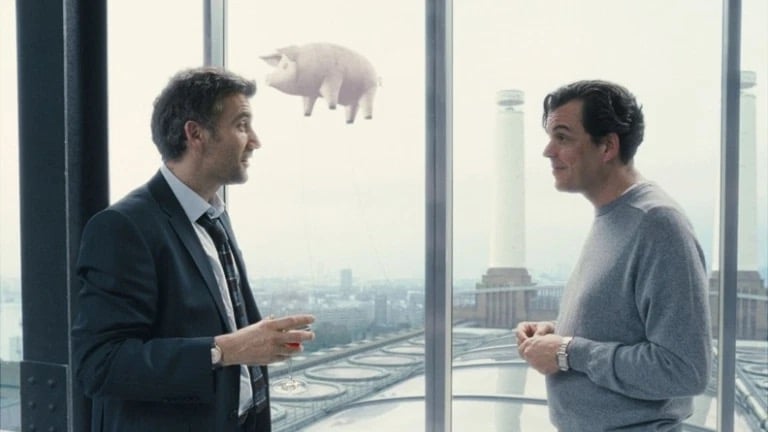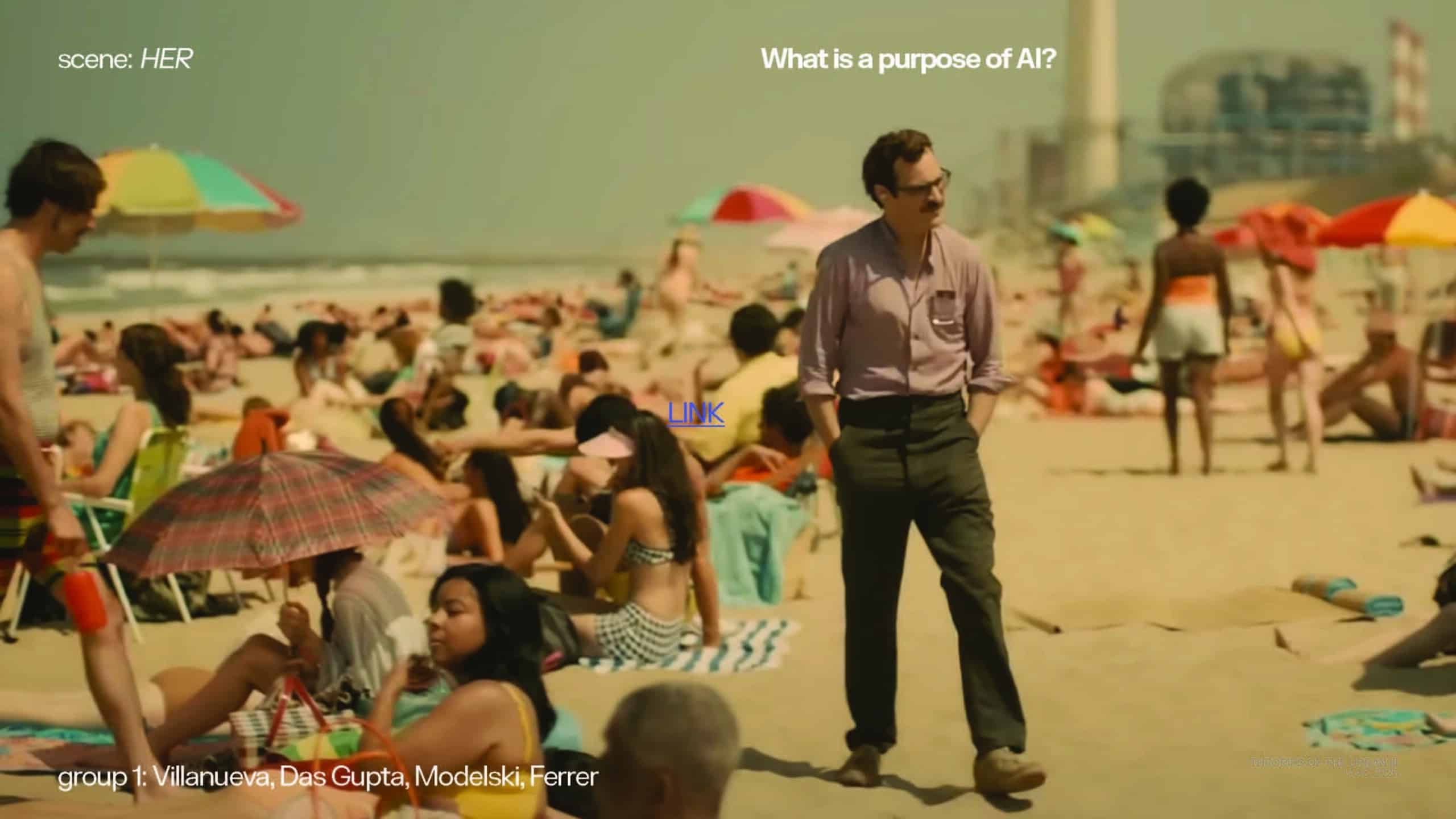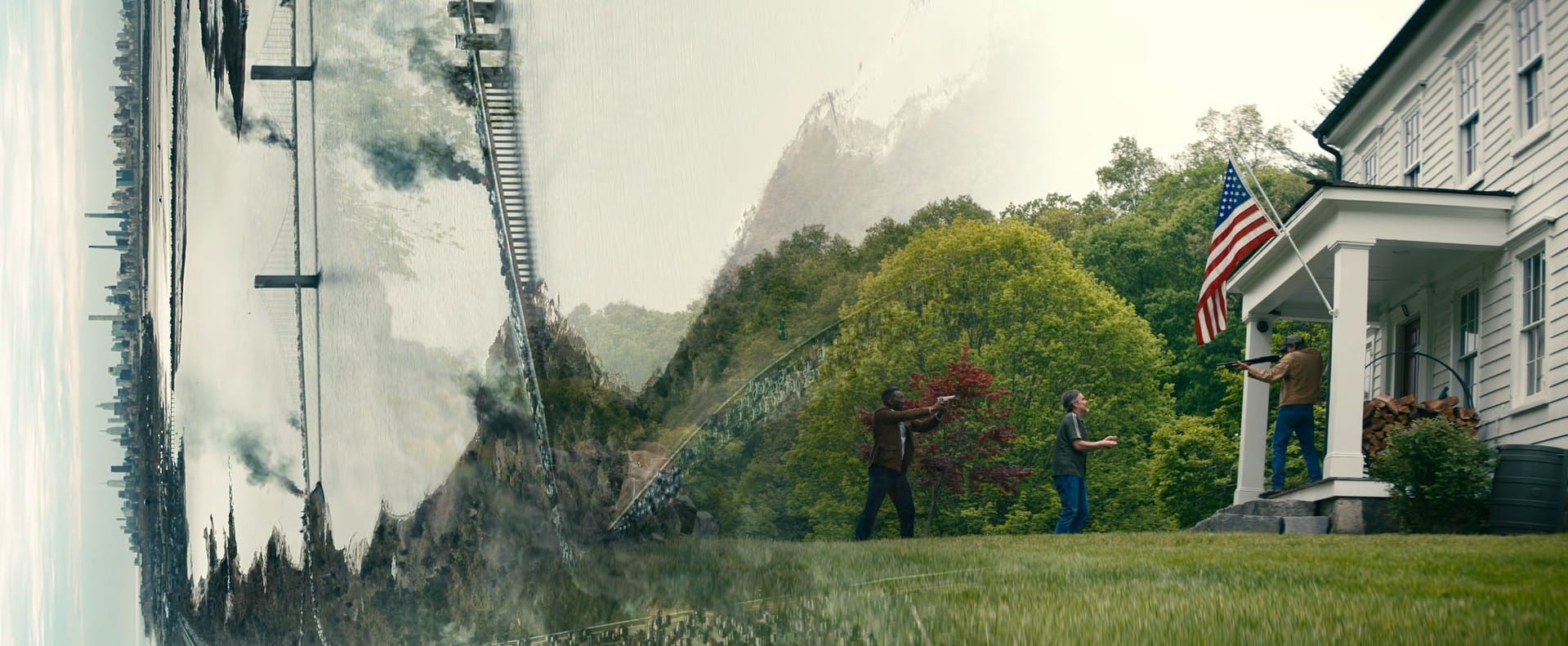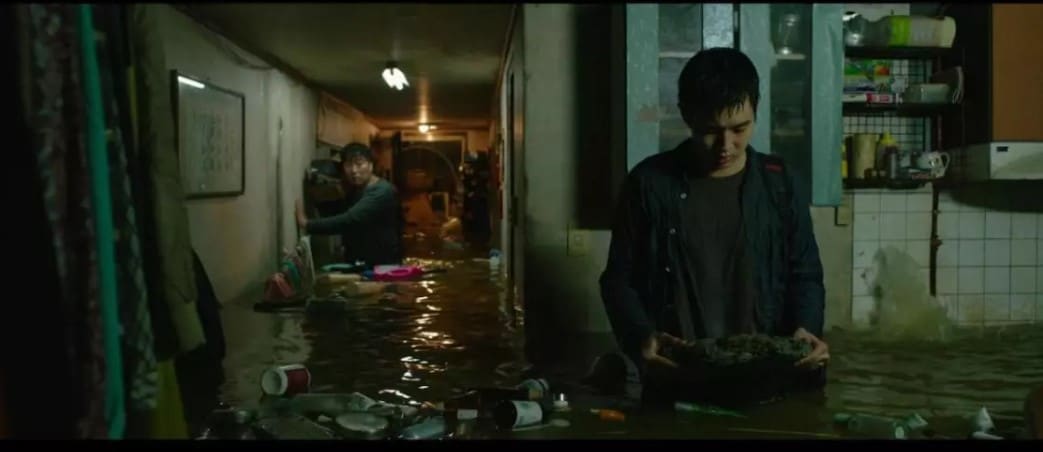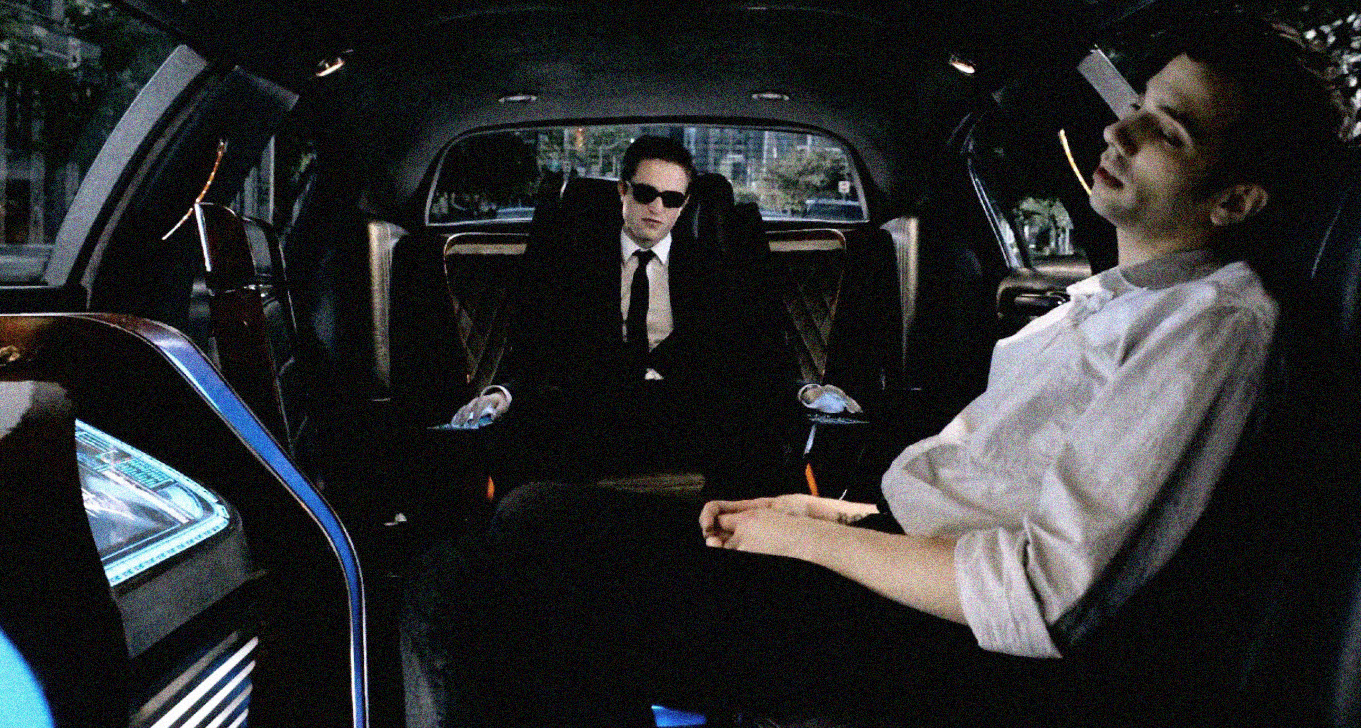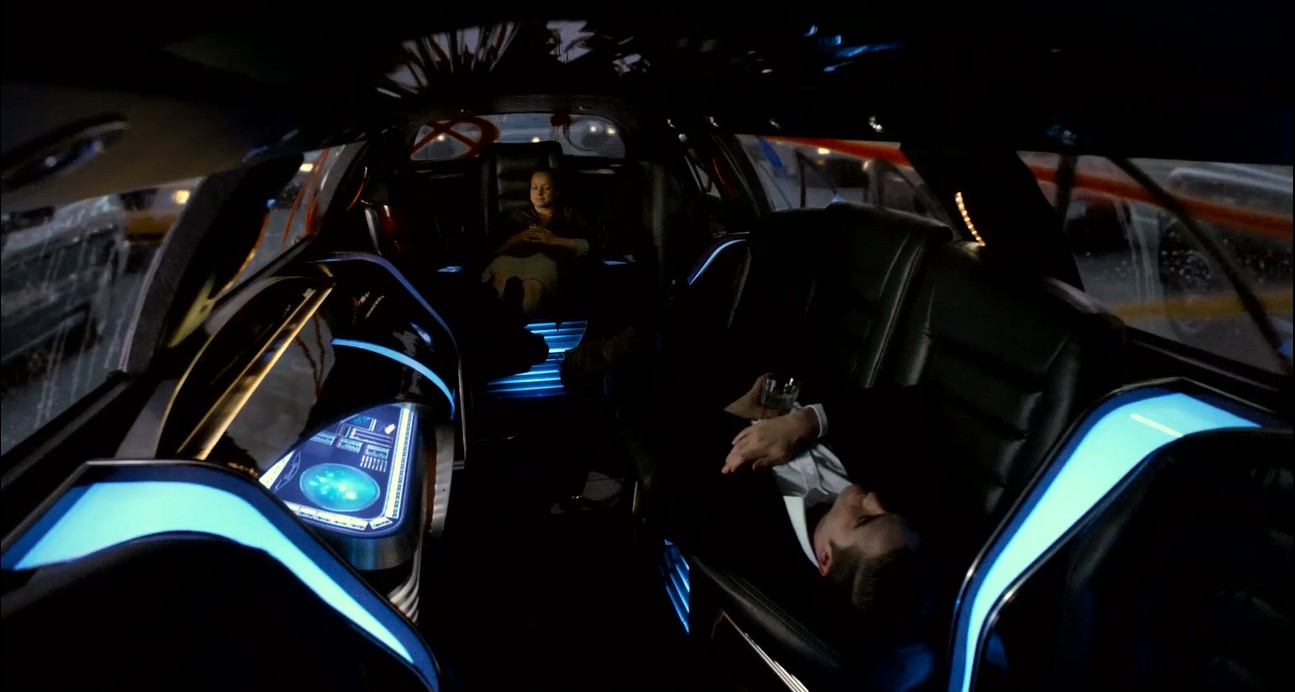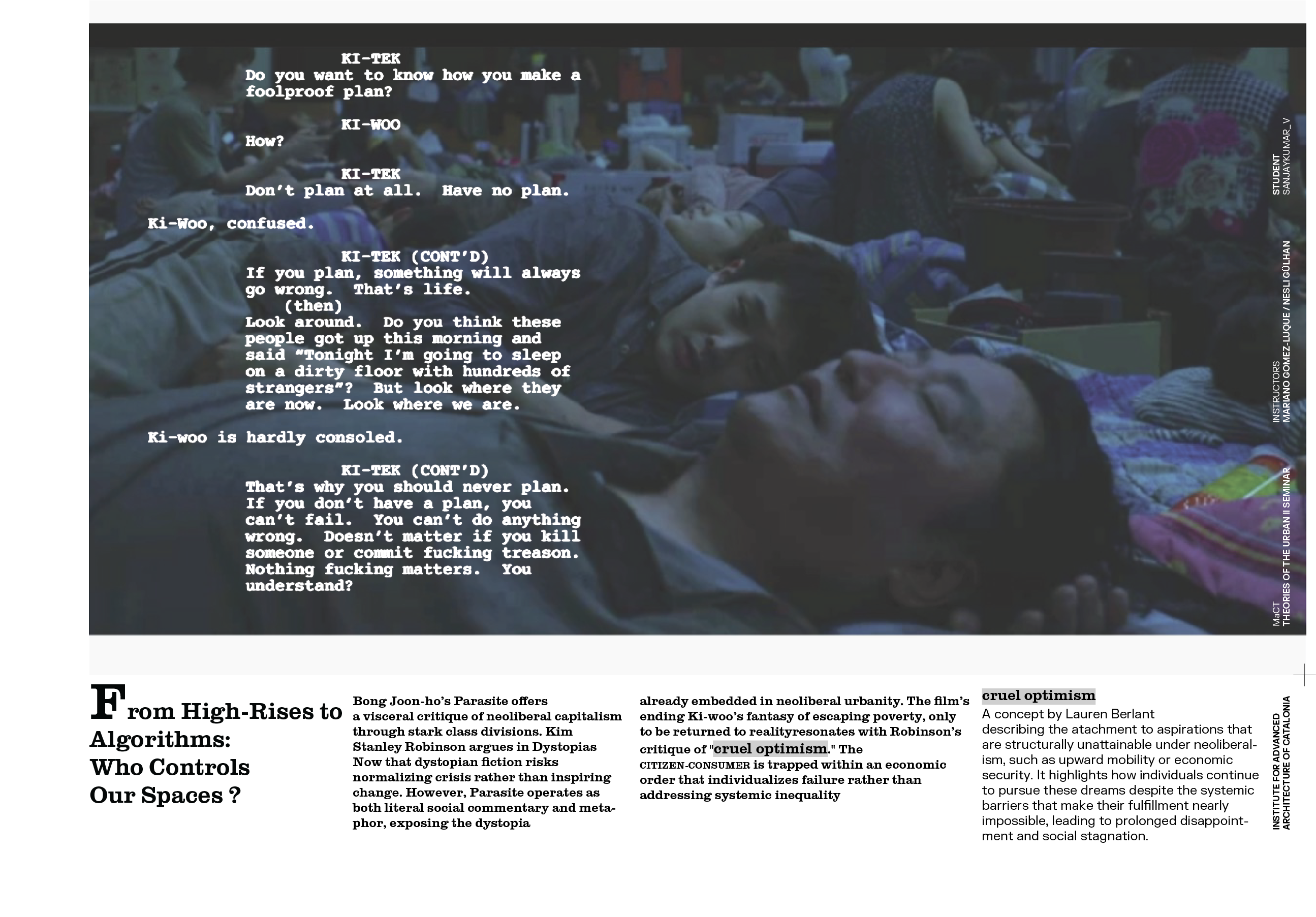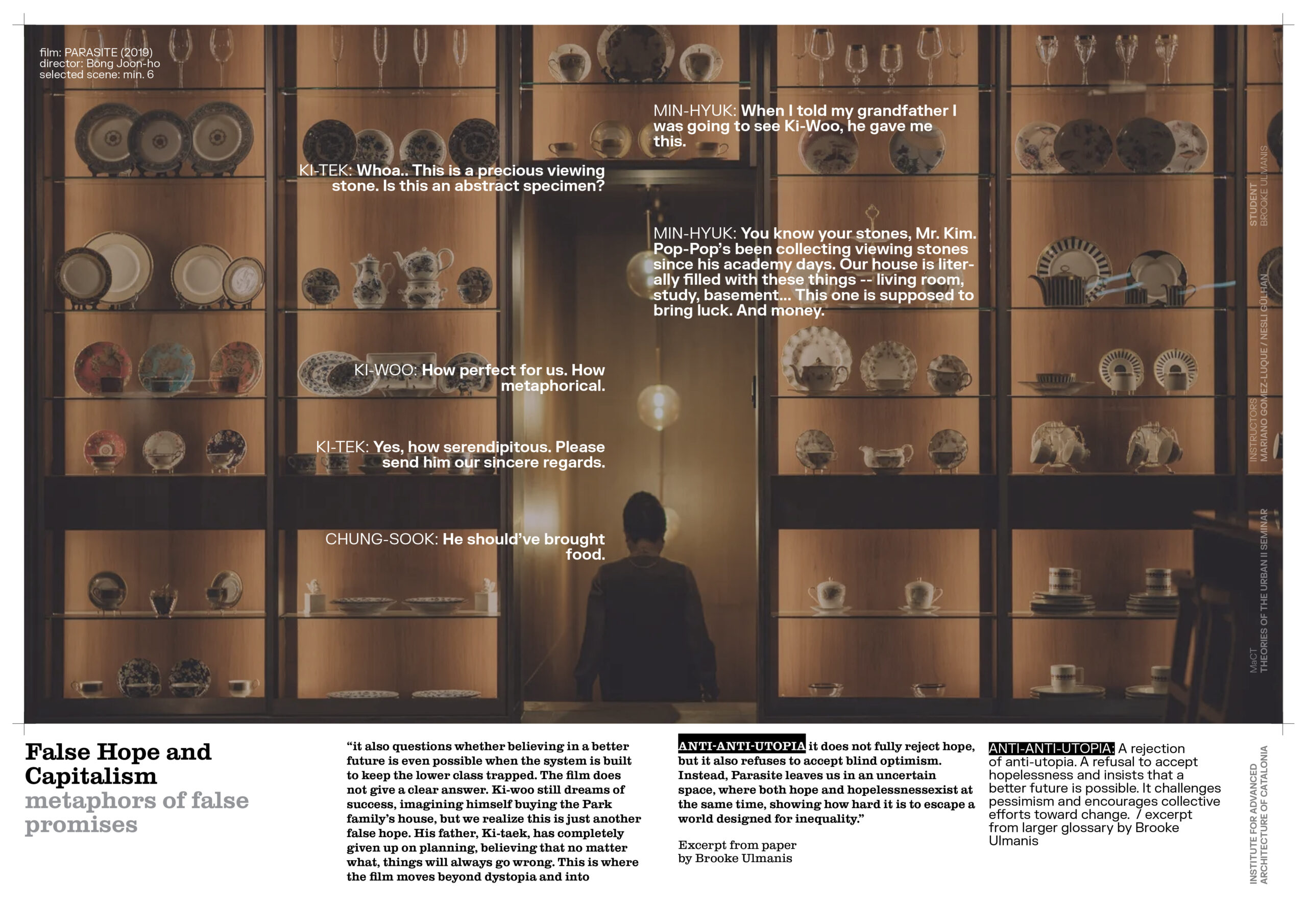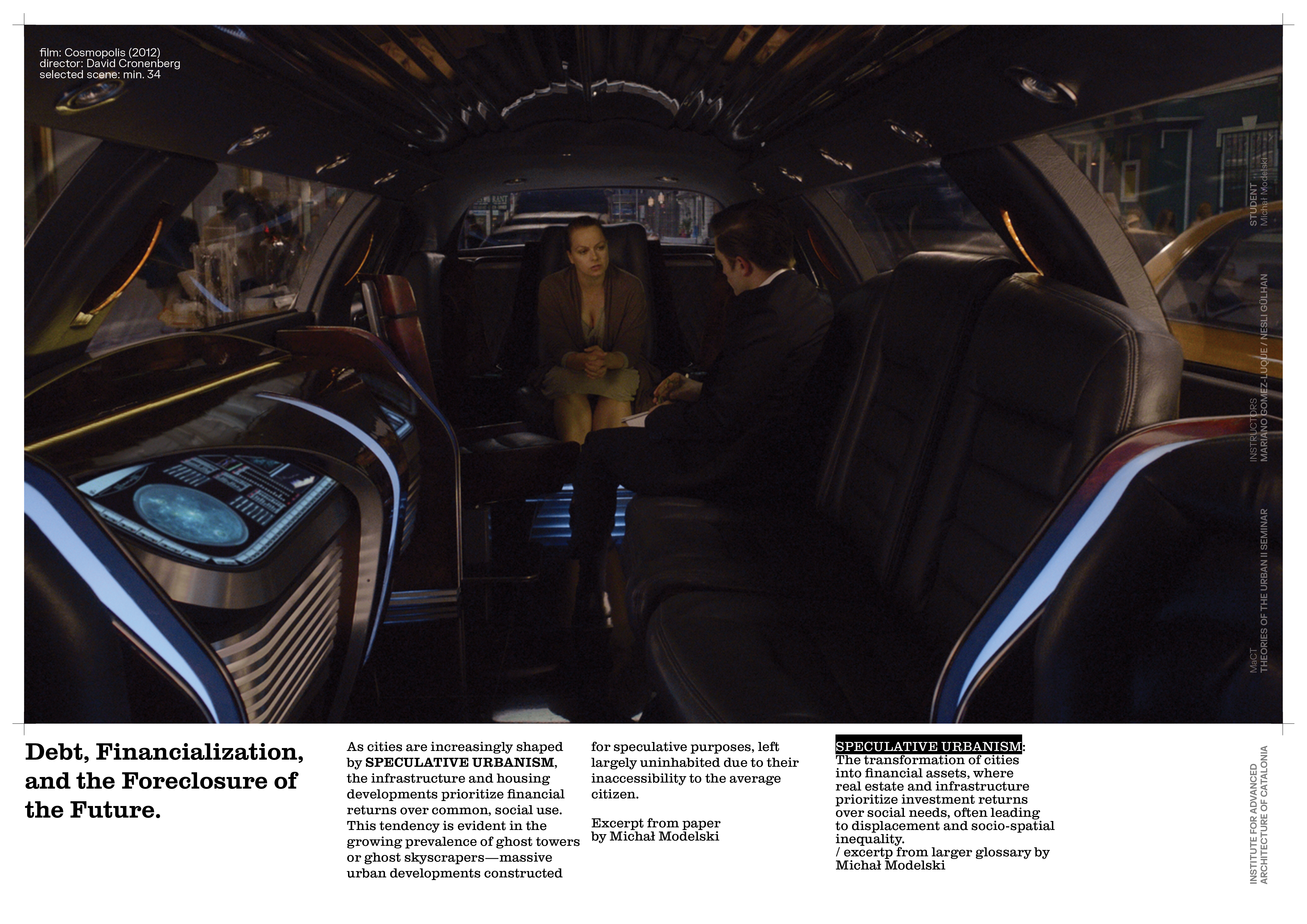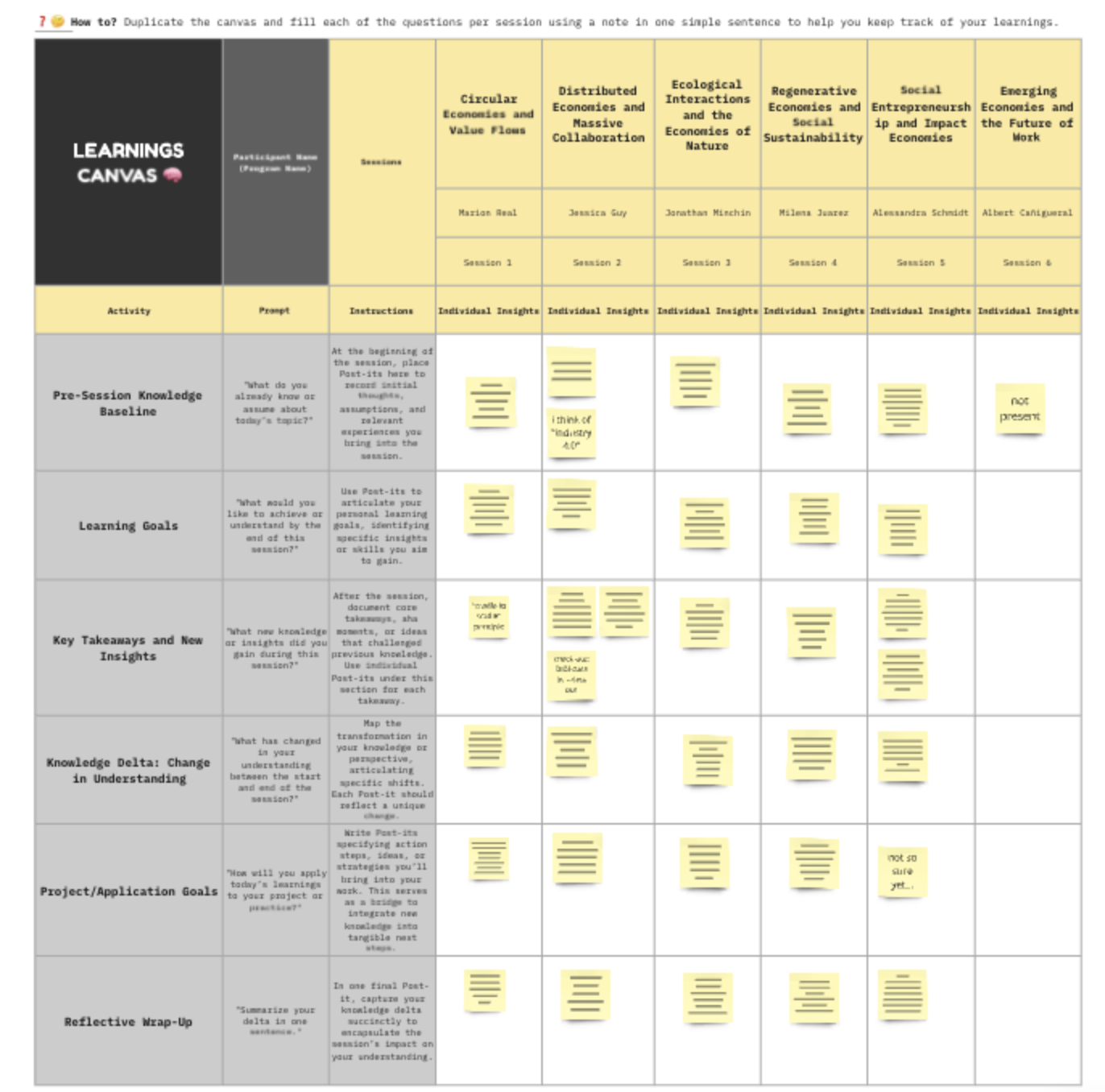Science Fiction as ‘ecologic critic’
The third and final volume of the Theories of the Urban Seminar has taken science fiction as both a critical framework and a mode of spatial representation, using cinematic and theoretical lenses to examine urban futures in the Anthropocene. Where previous volumes addressed urbanization as historical concept and financial phenomenon, this installment confronts our planetary … Read more

